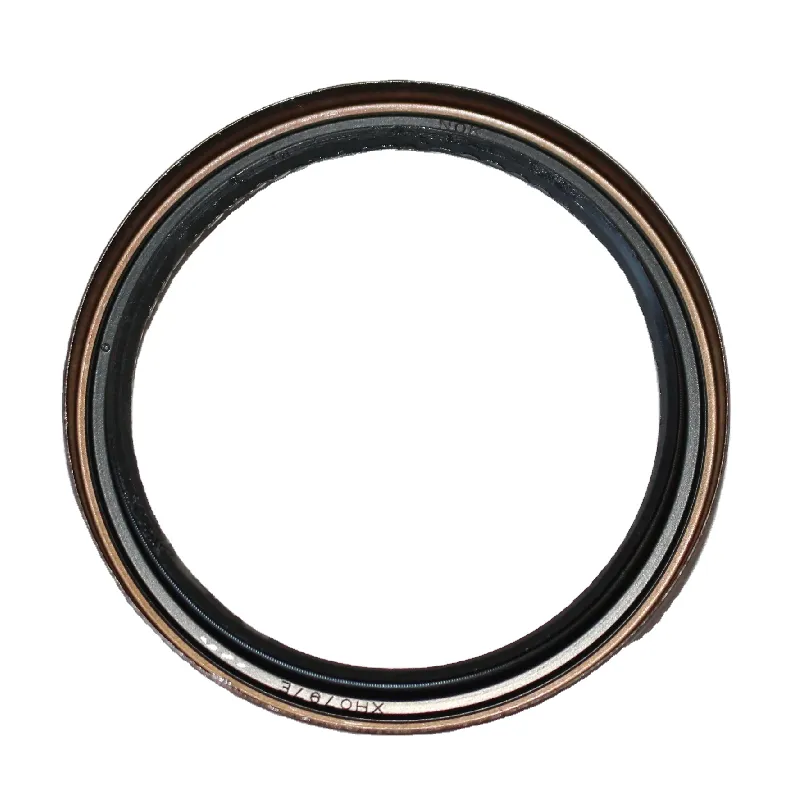Sealing Solutions for 727 Transmission Dipstick Tube Enhancements and Maintenance
Understanding the 727 Transmission Dipstick Tube Seal
The dipstick tube seal of the 727 transmission is a small but crucial component in maintaining the integrity and functionality of your vehicle's transmission system. The 727 transmission, often associated with Chrysler products from the 1960s to the early 1990s, has been popular due to its robustness and reliability. However, like any mechanical part, the dipstick tube seal can wear out or become damaged, leading to several issues that can affect overall transmission performance.
What is a Dipstick Tube Seal?
The dipstick tube seal is designed to prevent transmission fluid from leaking out of the dipstick tube. It is located where the dipstick tube enters the transmission case. This seal serves a dual purpose it keeps transmission fluid contained within the system and maintains the necessary pressure for optimal transmission operation. A well-functioning dipstick tube seal ensures that the fluid remains at the correct level, allowing for smooth gear shifts and efficient power transfer from the engine to the wheels.
Symptoms of a Failing Dipstick Tube Seal
1. Transmission Fluid Leak One of the most common signs of a failing dipstick tube seal is the presence of transmission fluid pooling under your vehicle. If you notice red or pink fluid on the ground where you park, it may indicate a leak from the dipstick tube.
2. Low Transmission Fluid Levels A compromised seal can lead to a gradual decrease in transmission fluid levels. Low fluid can cause the transmission to overheat, leading to severe damage over time.
3. Strange Noises or Shifting Issues If your vehicle is making unusual noises or experiencing hard shifting, it may be due to low transmission fluid caused by a leak from a damaged dipstick tube seal.
4. Warning Lights Modern vehicles often come equipped with dashboard indicators. If the transmission fluid temperature warning light illuminates, it could signal that your transmission is overheating due to low fluid levels.
Replacing the Dipstick Tube Seal
727 transmission dipstick tube seal

If you suspect your dipstick tube seal is damaged, replacing it is crucial to prevent further issues. The good news is that replacing the dipstick tube seal is a relatively straightforward process for someone with basic mechanical skills. Here’s a step-by-step guide
1. Gather Your Tools You’ll need a wrench or socket set, a screwdriver, and a new dipstick tube seal. It’s crucial to use the correct seal that fits your specific 727 transmission model.
2. Locate the Dipstick Tube Open the hood and find the dipstick tube. It should be easily accessible near the transmission.
3. Remove the Dipstick Carefully pull out the dipstick and set it aside. This typically involves unscrewing or unclipping the dipstick from the tube.
4. Extract the Old Seal Use a screwdriver or pick tool to pry out the old seal from around the dipstick tube where it enters the transmission.
5. Install the New Seal Place the new seal into the same position, ensuring it’s seated correctly.
6. Reinsert the Dipstick Once the new seal is in place, insert the dipstick back into the tube, ensuring it’s secured properly.
7. Check Fluid Levels Finally, check your transmission fluid levels to make sure they’re at the required level. If necessary, top up with the recommended transmission fluid.
Conclusion
The dipstick tube seal may be a small component, but it plays a significant role in the performance of your 727 transmission. Regular maintenance checks can help identify potential issues before they become serious problems. If you notice signs of a failing dipstick tube seal, take action immediately to replace it, ensuring your transmission continues to function smoothly and efficiently. Investing a little time and effort into this maintenance task can save you significant costs in the long run, keeping your vehicle running at its best.
-
Simplifying Oil Changes: A Comprehensive Guide to Oil Drain Plugs and Their Variants
News Aug.04,2025
-
Mastering Oil Drain Maintenance: Solutions for Stripped, Worn, and Upgraded Oil Plugs
News Aug.04,2025
-
Fixing Oil Pan Plug Issues: Leaks, Stripped Nuts, and the Right Replacement Solutions
News Aug.04,2025
-
Everything You Need to Know About Oil Drain Plugs: Sizes, Fixes, and Upgrades
News Aug.04,2025
-
Choosing the Right Oil Drain Plug: A Guide to Sizes, Materials, and Drain Innovations
News Aug.04,2025
-
A Complete Guide to Automotive Drain Plugs: Types, Problems, and Innovative Solutions
News Aug.04,2025
-
The Ultimate Guide to Car Repair Kits: Tools and Essentials Every Driver Should Own
News Aug.01,2025
Products categories















